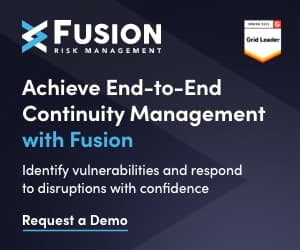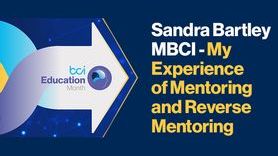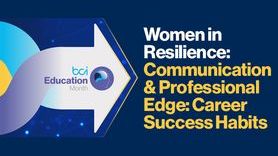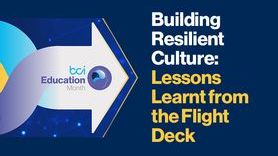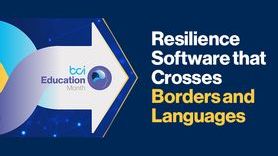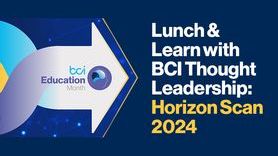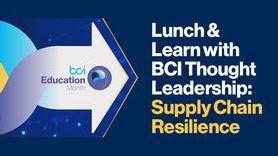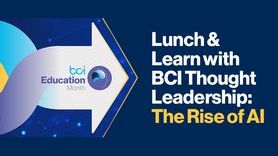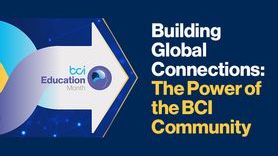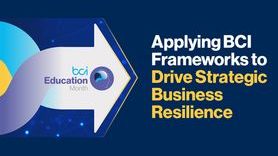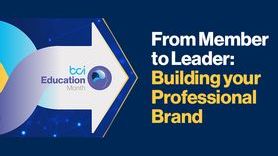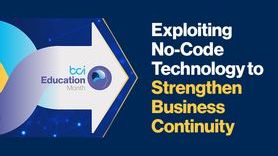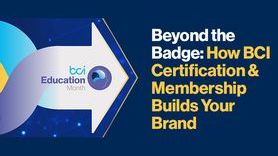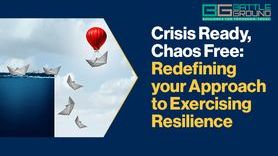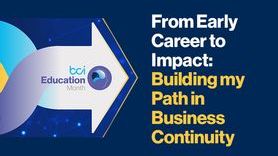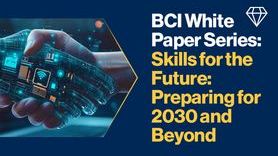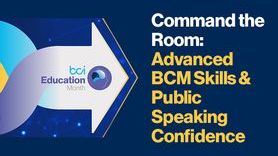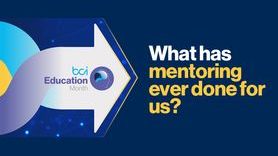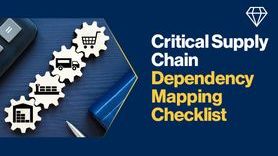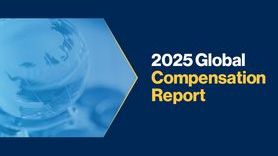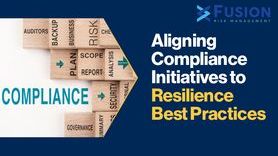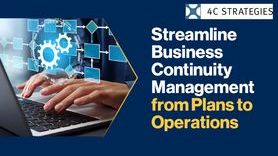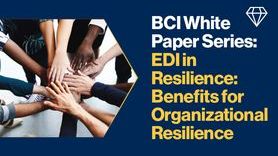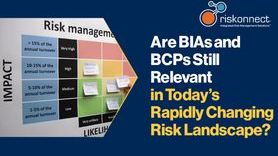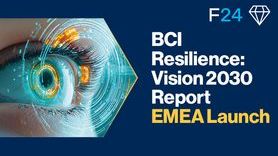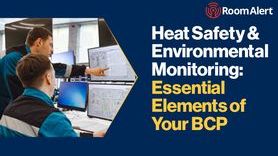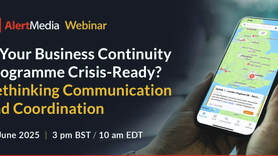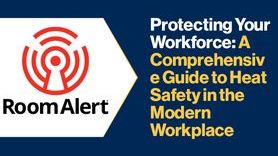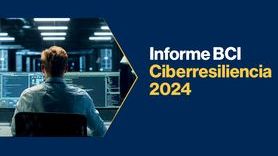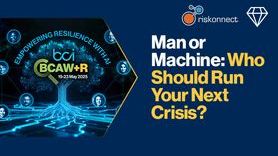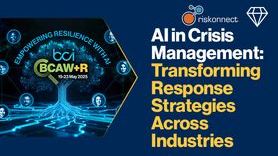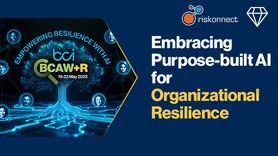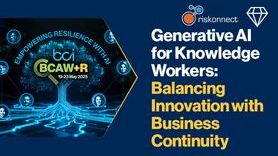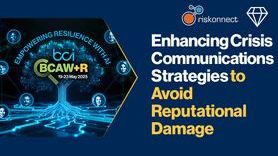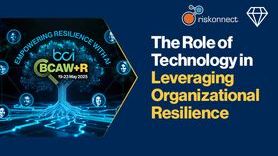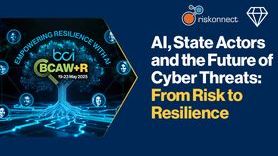Solving the Top 5 ISO 22301 Challenges with AI
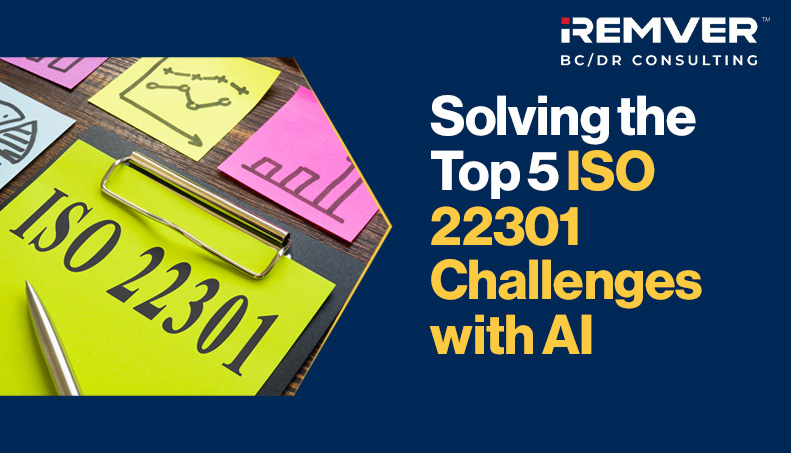
Organizations worldwide recognize ISO 22301:2019, the international standard for Business Continuity Management Systems (BCMS), as a critical framework for ensuring operational resilience. However, despite its structured approach, many organizations struggle with implementation, maintenance, and optimization due to common challenges.
With the rapid advancement of Artificial Intelligence (AI), businesses can now overcome ISO 22301 challenges through automation, predictive analytics, and real-time monitoring.
Understanding ISO 22301: A Global Standard for Business Continuity
ISO 22301 ensures that organizations can continue critical operations during and after disruptions. The standard focuses on:
- Business Impact Analysis (BIA) & Risk Assessments – Identifying critical functions and evaluating potential risks.
- Business Continuity Strategies & Response Plans – Developing clear recovery procedures and crisis communication strategies.
- Testing, Maintenance & Continuous Improvement – Ensuring ongoing effectiveness through regular testing, audits, and updates.
Despite these guidelines, five major challenges often hinder organizations from achieving ISO 22301 compliance successfully and building a resilient Business Continuity Management System (BCMS).
- Complexity in Implementation & Compliance
ISO 22301 requires detailed documentation, structured policies, and continuous audits, which can be overwhelming—especially for organizations with limited resources or expertise. Many struggle to translate ISO 22301 guidelines into actionable, organization-specific procedures.
AI Solution:
- AI-powered platforms automate documentation, policy creation, and compliance tracking.
- Natural Language Processing (NLP) enables AI to interpret ISO 22301 requirements and generate tailored business continuity plans (BCPs) for organizations.
- AI-driven compliance tools monitor adherence to ISO 22301 in real-time, reducing human error.
- Ineffective Risk Assessment & Business Impact Analysis (BIA)
A critical component of ISO 22301 is conducting accurate risk assessments and BIAs. Many organizations struggle to:
- Identify all potential threats and their impact.
- Prioritize risks effectively, leading to poor resource allocation.
- Keep assessments up to date with changing business conditions.
AI Solution:
- AI analyzes historical and real-time data to identify patterns and predict potential threats.
- Machine learning models automatically rank risks based on likelihood and impact, improving decision-making.
- AI-driven BIAs continuously update based on live operational data, ensuring risk assessments remain relevant.
- Lack of Continuous Monitoring & Testing
ISO 22301 mandates regular testing of business continuity plans (BCPs) through exercises, drills, and real-world simulations. However, organizations often:
- Neglect regular testing, leading to outdated plans.
- Use manual testing methods that are time-consuming and prone to human error.
- Fail to analyze test results effectively for improvement.
AI Solution:
- AI-driven automated testing systems simulate real-world disruptions and assess the effectiveness of responses.
- AI analyzes test results to provide recommendations for optimizing the plan.
- Continuous AI-powered monitoring detects deviations from expected operational patterns, triggering early warnings before a crisis escalates.
- Poor Incident Detection & Slow Response Time
Even with a BCMS in place, organizations often struggle with delayed incident detection and slow response times, resulting in prolonged downtime. Common issues include:
- Lack of real-time monitoring for business disruptions.
- Delayed crisis communication, confusing stakeholders.
- Reactive rather than proactive incident response.
AI Solution:
- AI-driven anomaly detection monitors business operations and instantly identifies potential disruptions.
- AI-powered automated incident response triggers predefined recovery actions within seconds.
- AI-enhanced communication platforms ensure that key stakeholders are notified instantly with accurate, data-driven updates.
- Resource Constraints & High Operational Costs
Maintaining ISO 22301 compliance requires ongoing investment in personnel, technology, and training. Many organizations—especially SMEs—struggle with:
- Limited resources for continuous compliance monitoring.
- High costs of manual risk assessments, training, and audits.
- Inefficient allocation of business continuity resources.
AI Solution:
- AI-powered virtual consultants reduce the need for expensive external audits and compliance officers.
- AI-based predictive analytics optimize resource allocation, ensuring efficient use of business continuity budgets.
- Automated AI training programs keep employees up to date on ISO 22301 best practices, eliminating the need for costly in-person training sessions.
AI + ISO 22301: The Future of Business Continuity
By integrating AI-driven solutions into ISO 22301 implementation, organizations can:
- Automate compliance tracking to ensure real-time adherence to standards.
- Enhance risk assessments with AI-powered predictive modeling.
- Improve response times with automated incident detection and crisis management.
- Optimize testing through AI-driven simulations and automated audits.
- Reduce costs by leveraging AI for continuous monitoring and training.
Stay ahead of disruptions—embrace AI for business continuity excellence!
Download our guide to learn more about the future of AI and Business Continuity: https://remver.com/future-of-business-continuity-and-artificial-intelligence/
About the Author

Remver BC/DR Consulting is a leading provider of Business Continuity, IT Disaster Recovery, and Risk Management services. Focusing on safeguarding mission-critical operations, the firm delivers tailored solutions that help enterprises mitigate risk, enhance resilience, and ensure seamless business continuity in an ever-evolving digital landscape.
Founded by an industry expert with over 20 years of experience in IT, risk management, and resilience—specifically in Business Continuity (BC) and IT Disaster Recovery (DR)—Remver BC/DR Consulting has established itself as a trusted provider of resilience solutions across multiple sectors. The founder has supported Fortune 500 corporations, financial institutions, healthcare organizations, defense contractors, higher education, and government agencies, delivering strategic risk management and IT continuity solutions tailored to today’s evolving challenges.
Drawing on extensive personal experience in banking, finance, healthcare, defense, technology, education, and government operations, the founder brings a wealth of knowledge in developing, implementing, and optimizing Business Continuity and Disaster Recovery strategies. As a minority-owned, women-owned, and veteran-owned business leader with service in the U.S. Army and deployments to Korea and Iraq, the founder has successfully led initiatives in these industries, fortifying critical infrastructure, enhancing disaster preparedness, and ensuring seamless operational recovery for numerous organizations. Additionally, the founder’s expertise extends to supporting U.S. government operations as a contractor, reinforcing mission-critical systems in high-stakes environments.

